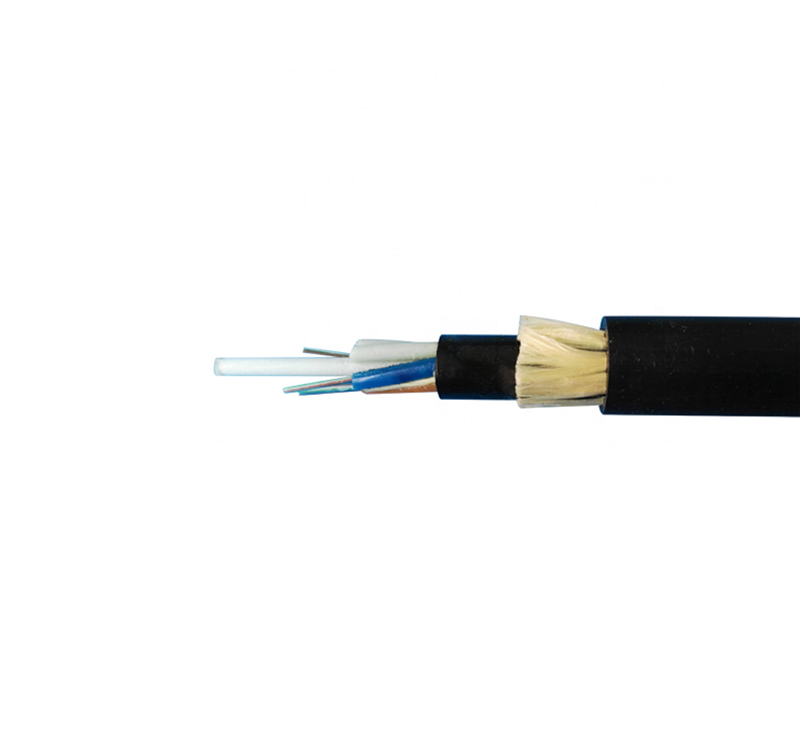The optical cable needs to have a certain stretching window in the process of production and use. The general optical cable is 0.5%, and the self-supporting optical cable is 0.8-1.0%. The stretching window is related to the excess length and the cabling pitch as follows: §=§0(1+4π*Rn2/Sn2)+2π2(Rn2-Rmin2)/Sn2.
Where § is the tensile window of the optical cable, §0 is the extra length of the bundle tube, Sn twisting pitch, Rn is the twisting radius (Rn=Rc+Rt)) Rt is the bundle tube radius, Rc is the outer diameter of the reinforcement, Rmin=Rn-Ri+Rf, where Ri bundle tube inner diameter, Rf fiber bundle outer diameter, Rf=1.15*n1/2*0.25, n is the number of fibers in the bundle tube.

During production, installation and operation, the optical cable is subjected to a certain tension, and the cable will be stretched to a certain length. When the optical cable is stretched, the optical fiber cannot be stressed, so the optical cable is required to have a certain stretched window. The size of the tensile window directly determines the quality of the tensile test of the optical cable, so the tensile test is one of the most important tests in the optical cable test.
In some areas, the temperature changes greatly throughout the year. When the working temperature of the optical cable changes, due to the different thermal expansion coefficients between the optical fiber and other constituent materials of the optical cable, and the optical fiber cannot be subjected to external tension, the optical cable must have enough stretching windows. . The purpose of the high and low temperature type experiments we do every year in the production of optical cables is to prevent damage to the optical cables when the working temperature of the optical cables changes.
Other tests of the optical cable such as flattening, bending and impact resistance all require the optical fiber to have sufficient excess length in the optical cable. When the optical cable is affected by the external force, the optical fiber can get enough strain space, so that the optical fiber will not be damaged by the external force.










